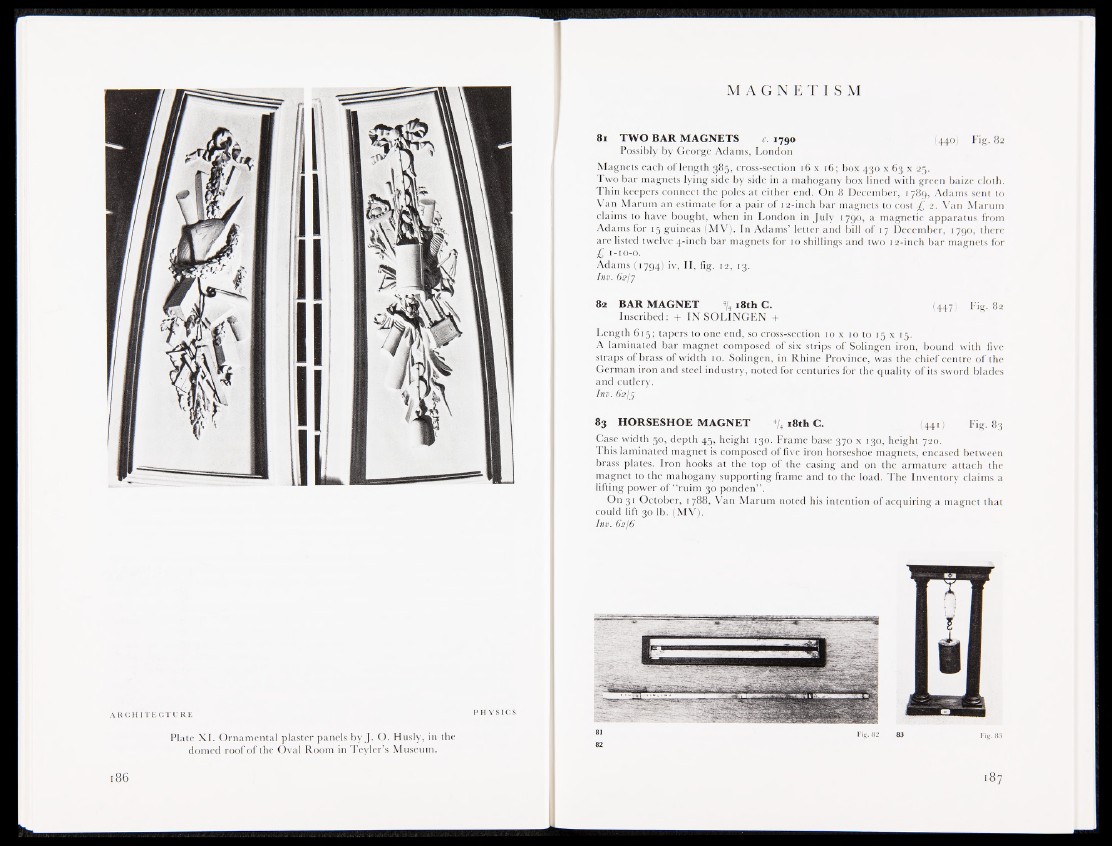
Plate XI. Ornamental plaster panels by J. O. Husly, in the
domed roof of the Oval Room in Teyler’s Museum.
M A G N E T I S M
81 TWO BAR MAGNETS c. 1790 (440) Fig. 82
Possibly by George Adams, London
Magnets each of length 385, cross-section 16 x 16; box 430 x 63 x 25.
Two bar magnets lying side by side in a mahogany box lined with green baize cloth.
Thin keepers connect the poles at either end. On 8 December, 1789, Adams sent to
Van Marum an estimate for a pair of 12-inch bar magnets to cost £ 2. Van Marum
claims to have bought, when in London in July 1790, a magnetic apparatus from
Adams for 15 guineas (MV). In Adams’ letter and bill of 17 December, 1790, there
are listed twelve 4-inch bar magnets for 10 shillings and two 12-inch bar magnets for
£ 1-10-0.
Adams (1794) iv, II, fig. 12, 13.
Inv. 62)7
82 BAR MAGNET % 18th C. (447) Fig. 82
Inscribed: + IN SOLINGEN +
Length 615; tapers to one end, so cross-section io x 10 to 15 x 15.
A laminated bar magnet composed of six strips of Solingen iron, bound with five
straps of brass of width 10. Solingen, in Rhine Province, was the chief centre of the
German iron and steel industry, noted for centuries for the quality of its sword blades
and cutlery.
Inv. 62/5
83 HORSESHOE MAGNET * l , i 8t h C . (441) Fig. 83
Case width 50, depth 45, height 130. Frame base 370 x 130, height 720.
This laminated magnet is composed of five iron horseshoe magnets, encased between
brass plates. Iron hooks at the top of the casing and on the armature attach the
magnet to the mahogany supporting frame and to the load. The Inventory claims a
lifting power of “ ruim 30 ponden” .
On 31 October, 1788, Van Marum noted his intention of acquiring a magnet that
could lift 30 lb. (MV).
Inv. 62/6